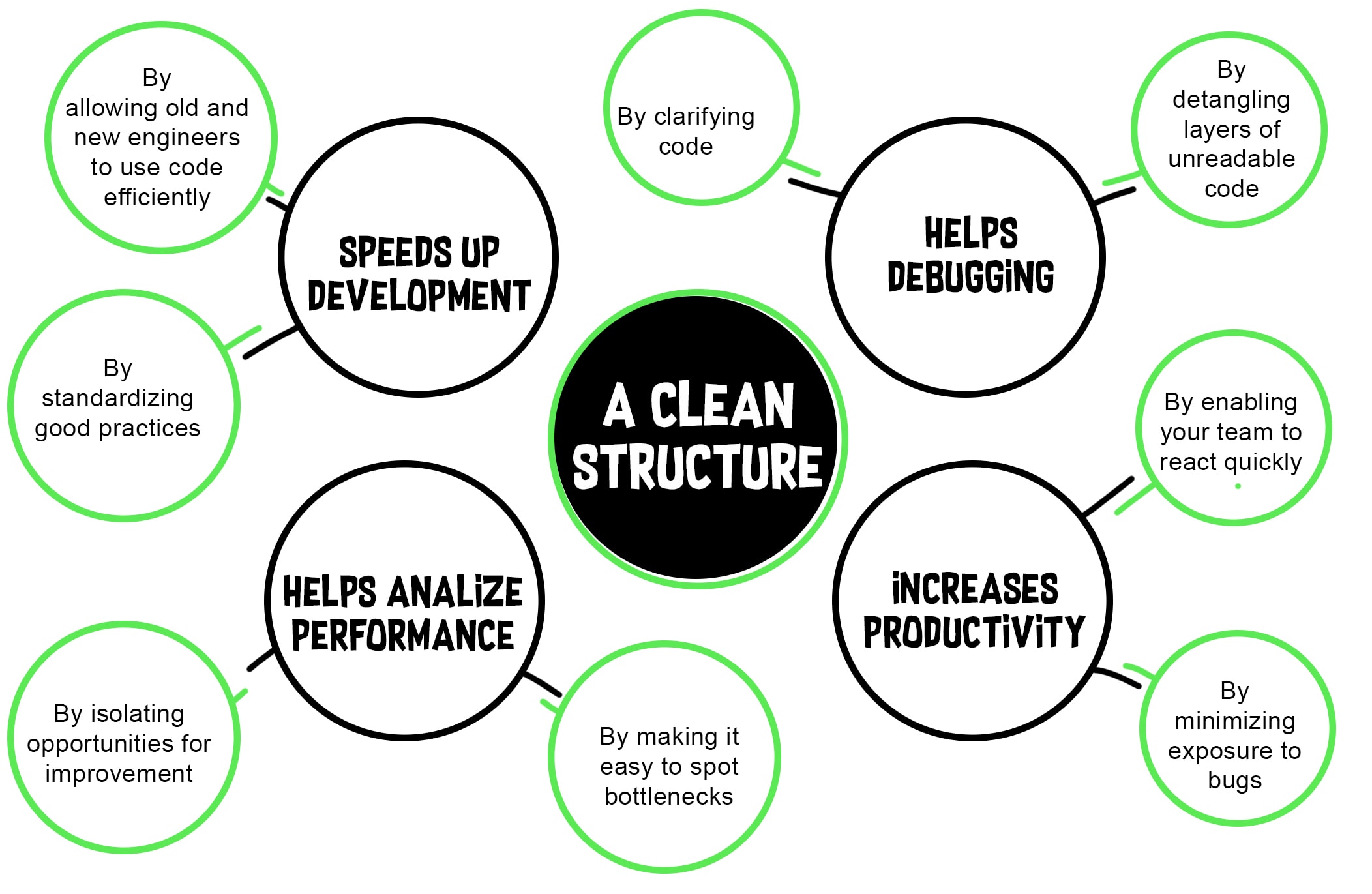In the lifecycle of many SaaS startups, there’s a moment where ambition outpaces execution. Codebases become brittle, performance slows, and what once felt like progress turns into a tangled web of tech debt.
This is the story of how we helped a promising but struggling SaaS product rebuild its architecture, regain stability, and relaunch successfully without starting from scratch.
The Background: A Promising Start, Then the Stall
The client, a B2B SaaS company offering workflow automation for HR teams launched quickly with an outsourced dev team. Within 9 months, they had paying customers and decent traction. But as users grew, issues began to pile up:
- Frequent downtime
- Unreliable feature behavior
- Slow load times
- Developer hesitation to touch core modules
Despite a solid product vision, the architecture was crumbling under its own weight.
🔍 Before: The Broken Architecture
Here’s what we found during our audit:
1. Overuse of Microservices (Too Early)
The app was split into 8 microservices: separating users, tasks, notifications, billing, etc. each deployed independently.
Issues:
- Complex DevOps for a small team
- Fragile inter-service communication via REST
- Redundant database calls and logic
- Debugging took days
“We thought microservices meant we were scaling… but we were just drowning in complexity.” — Founder
2. Poor State Management in the Frontend
The frontend (React) used a mix of local state, Redux, and Context API without consistency.
Issues:
- Data inconsistency between views
- Difficult debugging for customer support
- UI crashes from race conditions
3. Inconsistent Data Modeling
The backend used both MongoDB and PostgreSQL. Some services used relational joins; others relied on document-based patterns even within the same user flow.
Issues:
- Syncing issues
- Slow queries
- Unclear ownership of data structure decisions
🛠️ After: Refactored for Clarity and Speed
We recommended and executed a pragmatic rebuild, not a total rewrite, but a core refactor focusing on simplification and maintainability.
1. From Microservices to a Modular Monolith
We merged the services into a Django monolith with well-defined app modules (auth, billing, workflows). APIs were internal, and logic was centralized.
Benefits:
- Reduced deployment friction
- Shared models, fewer bugs
- Easier onboarding for new developers
- Testing became faster and more reliable
2. Frontend Refactor: State Sanity
We introduced React Query for all data fetching and caching, replaced Redux with Zustand, and clearly separated UI vs server state.
Benefits:
- 40% fewer bugs reported from users
- Faster UI load times
- More predictable UX behavior
3. Unified Database Layer
All data was migrated to PostgreSQL with clean ERDs and foreign key relationships. We created a shared ORM layer in Django with serializers and viewsets via DRF.
Benefits:
- Faster queries
- Better data integrity
- Simpler backups and migrations
🚀 The Relaunch Outcome
Within 10 weeks of starting the refactor, the app was relaunched with:
- 99.9% uptime
- 25% improvement in load times
- 50% reduction in bug reports
- Developers shipping new features weekly
More importantly, the founding team regained confidence in their roadmap and so did their investors.
🔑 Key Takeaways
- Microservices are not for MVPs
Scale when you must, not when you can. - Architecture should match team size
Don’t build a system you can’t support. - Front and backend must evolve together
Poor state management will wreck good APIs. - Refactor ≠ Rewrite
The smartest rebuilds preserve what works and prune what doesn’t.
Final Word
A failed architecture isn’t the end—it’s a checkpoint. With the right technical leadership, even a chaotic system can be restructured, re-energized, and relaunched.
Because behind every great SaaS product is a second draft that fixed what the first one broke.
Need help assessing or refactoring your product architecture? We’ve done it before—and we can help you do it faster. Let’s talk.




